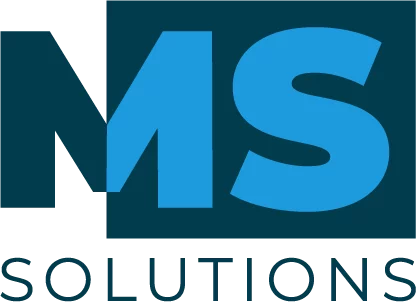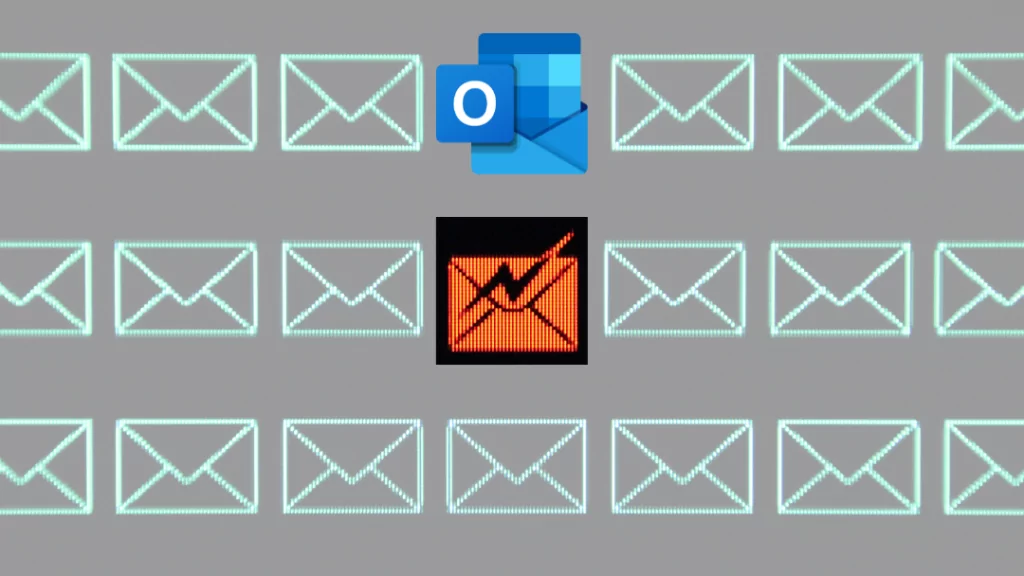Security is a widespread issue in the technology industry. However, we tend to take for granted that the software and platforms we use on a daily basis are secure, which is not always true.
In the context of companies having to compare multiple cloud service providers in a migration to the cloud, it is now a necessity to properly evaluate the security solutions that protect what is most valuable to you: your data.
We offer an overview of the many layers of security that should be combined to ultimately provide a fortress to protect your data and avoid any breach that could compromise it.
Vulnerability analysis
This technology regularly scans your cloud environment to quickly identify any potential vulnerabilities before an external resource can identify them. This scanner performs crucial checks and shows you a comprehensive view of your online services. Any vulnerability that may be identified should be addressed immediately.
Gateway Antivirus
It is important to use constantly updated signatures to identify both known risks and new variants of familiar viruses, such as spyware, viruses, Trojans, worms, rogueware and threat combos. Consequently, a complex analysis identifies reconstructed data and malicious actions to adequately filter any unknown virus. This service is added to your classic antivirus installed on your servers for a superior protection.
Multi-factor authentication
One of the basic security tools is the use of multi-factor authentication, which makes access to the environment more complex for malicious individuals. Using this method helps to thwart the use of usernames and passwords that could have ended up on the Dark Web, in addition to protecting against threats such as social engineering and phishing. Whether using an application on a cell phone or an external token, the use of a third party to validate the identity of the person connecting to the server is essential today.
Application control
This dashboard provides visibility into which applications are used in the network when, why and how. It is then possible to authorize, block or restrict access to these applications according to various defined criteria, such as hierarchical level, department, time of day, or others.
URL filtering
This tool is a granular filter that blocks inappropriate content and URLs, saves bandwidth and prevents upstream connection to known malicious sites.
DNS filtering
This additional filter acts at the DNS (Domain Name System) level, i.e. at the source of the domain. It allows to detect and block threats, thus protecting the network and employees against various malicious attacks, including phishing. Alerts are then triaged and regular reports are issued detailing potential infections for greater visibility.
Limiting the origin of connections
This feature uses geolocation to identify cloud users and limit access from certain countries known to be particularly active when it comes to malicious actions. This limits connections at the source and a significant proportion of potential threats.
Reputation-based prevention
This solution performs Internet reputation analysis that combines multiple streams for continuous protection against botnets and malicious sites, while optimizing web processing load.
Intrusion prevention
Intrusion prevention continuously scans traffic on all major protocols to ensure protection against network threats at all times, using up-to-date signatures. The network threats you are protected from include spyware, SQL injections, cross-site scripting and buffer overflows.
Spam prevention
Spam prevention against spam and phishing attempts is also important in the cloud. A good spam prevention solution can scan several billion messages per day, providing effective protection regardless of the language, format or content of the messages involved.
Anti-malware solution powered by artificial intelligence
Unpublished threats are all new strategies, new methods, that hackers will use to attack organizations. These new threats are the most complex to identify. That’s why you need to make sure you have a solution with a machine learning engine, powered by artificial intelligence, to be optimally protected. This tool can even predict threats weeks before they are released, providing solid predictive protection previously unattainable.
In short
It is important not to take the cloud provider security assessment lightly, as the impact can be significant on your operations. The solutions presented in this article are all implemented on MSCloud secured and our experts will be happy to discuss with you for more explanations. Do not hesitate to contact them!
In addition, feel free to download our document: 8 criteria for choosing a cloud provider.




